Home>Technology>Smart Home Devices>What Is An Inkjet Printer
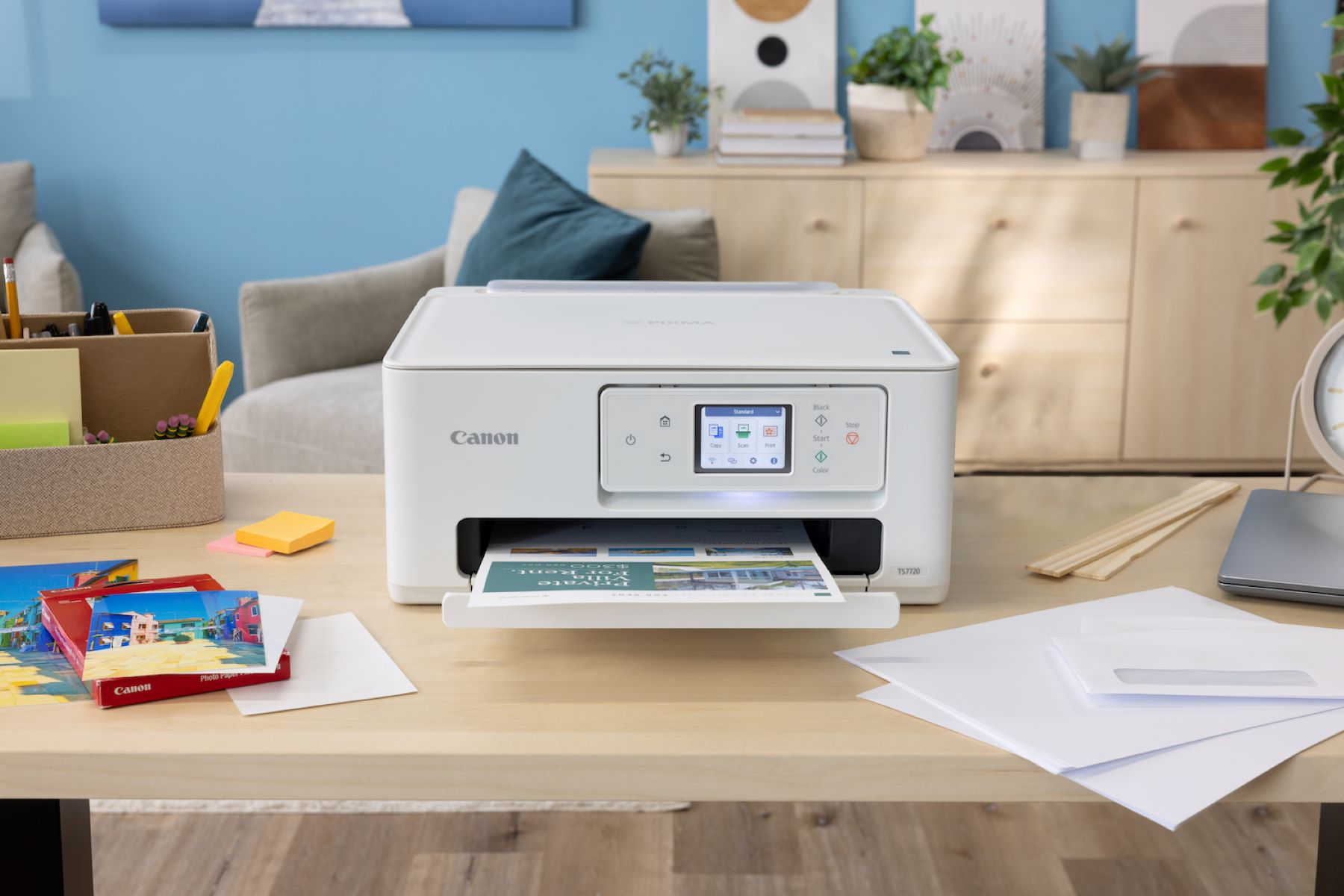

Smart Home Devices
What Is An Inkjet Printer
Modified: February 18, 2024
Learn about the benefits of inkjet printers for smart home devices. Find out how inkjet technology can enhance your home printing experience.
(Many of the links in this article redirect to a specific reviewed product. Your purchase of these products through affiliate links helps to generate commission for Storables.com, at no extra cost. Learn more)
Introduction
Welcome to the world of printing technology, where innovation and precision come together to transform digital creations into tangible masterpieces. In this digital age, printers play a pivotal role in bringing ideas to life, and one of the most popular options is the inkjet printer. Whether you're a student looking to print assignments, a professional in need of high-quality documents, or a photography enthusiast seeking vibrant prints, the inkjet printer stands as a versatile and reliable choice for a wide array of printing needs.
In the following sections, we'll delve into the inner workings of inkjet printers, exploring their mechanisms, types, advantages, and drawbacks. By the end of this journey, you'll have a comprehensive understanding of what makes inkjet printers an indispensable tool in both professional and personal settings. So, let's embark on this exploration of inkjet printing technology, where precision meets creativity to bring your digital visions to life.
Key Takeaways:
- Inkjet printers are versatile and reliable tools for printing needs, offering high-quality prints and user-friendly operation for diverse users and applications.
- While inkjet printers excel in producing vibrant photographs and professional documents, they may have limitations such as slower print speeds and ongoing ink costs.
Read more: How To Know If Printer Is Inkjet
How Does an Inkjet Printer Work?
An inkjet printer operates on a relatively simple yet ingenious mechanism to transform digital images and text into physical prints. At the heart of this process lies the printhead, a component equipped with tiny nozzles that eject droplets of ink onto the paper. These nozzles are controlled with remarkable precision to ensure the accurate reproduction of digital content onto the page.
When a print command is initiated, the printer receives instructions from the connected device and begins the printing process. The printhead moves back and forth across the paper, depositing minuscule droplets of ink in a precise pattern. The intricate coordination of the nozzles enables the printer to recreate the nuances of color and detail present in the digital file.
Inkjet printers utilize two primary technologies for ink delivery: thermal and piezoelectric. Thermal inkjet printers rely on heat to vaporize the ink, creating a pressure surge that propels the droplets onto the paper. In contrast, piezoelectric inkjet printers employ electrically charged crystals to expel the ink droplets. Both methods ensure the controlled release of ink, resulting in sharp and accurate prints.
Furthermore, the quality of prints produced by an inkjet printer is influenced by factors such as the resolution of the printhead, the type of ink used, and the paper quality. High-resolution printheads can render intricate details with exceptional clarity, while specialized inks cater to specific printing requirements, such as photo printing or document reproduction. Additionally, selecting the appropriate paper type enhances the final output, ensuring that the printed material meets the desired standards of quality and durability.
By understanding the inner workings of an inkjet printer, users can appreciate the precision and technology involved in the printing process. This knowledge empowers individuals to make informed decisions when selecting an inkjet printer that aligns with their specific printing needs, whether for professional documents, artistic creations, or personal projects.
Types of Inkjet Printers
Inkjet printers are available in various configurations, each tailored to specific printing requirements and preferences. Understanding the distinct types of inkjet printers can aid in selecting the most suitable option for diverse applications. Here are the primary categories of inkjet printers:
1. Consumer Inkjet Printers:
Consumer inkjet printers are designed for general household and small office use. They are typically compact, affordable, and user-friendly, making them ideal for printing documents, school assignments, and occasional photos. These printers offer a balance of print quality and cost-effectiveness, catering to the everyday printing needs of individuals and small businesses.
2. Photo Inkjet Printers:
Photo inkjet printers are tailored to meet the demands of photography enthusiasts and professionals seeking high-quality photo prints. Equipped with advanced ink systems and specialized paper handling capabilities, these printers deliver stunning color accuracy and detail, making them indispensable for producing gallery-worthy prints and portfolios.
3. All-in-One Inkjet Printers:
All-in-one inkjet printers, also known as multifunction printers, combine printing, scanning, copying, and sometimes faxing capabilities in a single device. These versatile printers are a convenient solution for homes and small offices, streamlining various document-related tasks into a single compact unit. With wireless connectivity and intuitive interfaces, all-in-one inkjet printers offer seamless integration into modern work environments.
4. Wide-Format Inkjet Printers:
Wide-format inkjet printers are engineered to handle large-format printing, catering to graphic designers, architects, and businesses with specialized printing needs. These printers excel in producing oversized prints, such as posters, banners, architectural plans, and detailed schematics. Their ability to accommodate broader paper sizes and maintain exceptional print quality makes them indispensable in industries that rely on large-scale visual presentations.
By recognizing the diverse categories of inkjet printers, users can pinpoint the specific features and capabilities that align with their printing requirements. Whether it’s producing everyday documents, capturing memorable photographs, or creating impactful visual displays, the array of inkjet printer types ensures that there’s a suitable option for every printing need.
Advantages of Using an Inkjet Printer
When it comes to printing technology, inkjet printers offer a host of advantages that cater to a wide range of printing needs. Understanding the benefits of using an inkjet printer can help individuals and businesses make informed decisions when selecting a printing solution. Here are the key advantages of inkjet printers:
1. High-Quality Prints:
Inkjet printers are renowned for their ability to produce high-quality prints with vibrant colors and fine details. Whether it’s text documents, photographs, or graphics, inkjet printers excel in rendering sharp and accurate images, making them an ideal choice for diverse printing applications.
Read more: How To Tell If A Printer Is Inkjet
2. Versatility in Media Handling:
One of the standout features of inkjet printers is their versatility in handling various print media. From standard paper and glossy photo paper to envelopes and transparencies, inkjet printers can accommodate a wide array of media types, allowing users to explore creative printing possibilities.
3. Quiet Operation:
Compared to other types of printers, inkjet printers operate with minimal noise, making them suitable for shared workspaces and home environments. The quiet printing process ensures a conducive and uninterrupted workflow, enhancing the overall printing experience.
4. Compact and User-Friendly:
Consumer inkjet printers are often compact in size and designed with user-friendly interfaces, making them an accessible choice for individuals with varying levels of technical expertise. The straightforward setup and intuitive controls contribute to a seamless printing experience for users of all backgrounds.
5. Cost-Effective for Low to Moderate Volumes:
For users with moderate printing volumes, inkjet printers offer a cost-effective solution, particularly when it comes to color printing. The initial investment and operational costs of inkjet printers are often more budget-friendly compared to laser printers, making them an economical choice for many users.
Read more: Who Invented The Inkjet Printer
6. Wireless Connectivity and Mobile Printing:
Modern inkjet printers are equipped with wireless connectivity options, enabling users to print from various devices, including smartphones and tablets. This wireless capability enhances convenience and flexibility, allowing for seamless printing from anywhere within the network.
By leveraging these advantages, inkjet printers empower users to achieve exceptional print results while enjoying a user-friendly and versatile printing experience. Whether it’s producing professional documents, captivating photographs, or creative projects, inkjet printers stand as a reliable and efficient printing solution.
Disadvantages of Using an Inkjet Printer
While inkjet printers offer numerous benefits, they also come with certain limitations that users should consider when evaluating their printing needs. Understanding the disadvantages of inkjet printers can help individuals make informed decisions regarding their printing requirements. Here are the key disadvantages of using an inkjet printer:
1. Print Speed:
One of the primary drawbacks of inkjet printers is their comparatively slower print speeds, especially when producing high-quality color prints. This can be a limiting factor for users with high-volume printing needs or those seeking rapid document output.
2. Ink Consumption and Cost:
Inkjet printers are often associated with higher ink consumption, particularly when producing color prints. The cost of ink cartridges can add up over time, especially for users with frequent or extensive printing requirements, making ongoing operational expenses a consideration for inkjet printer users.
Read also: 10 Best Wireless Inkjet Printer For 2024
3. Print Longevity and Smudging:
Prints produced by inkjet printers may be susceptible to smudging when they come into contact with moisture, as the ink is water-based. Additionally, the longevity of prints, especially when exposed to light and environmental factors, may be inferior to those produced by laser printers or other printing technologies.
4. Maintenance and Printhead Clogging:
Inkjet printers require regular maintenance to ensure optimal performance. Printhead clogging, caused by dried ink or debris, can affect print quality and necessitate cleaning procedures. This maintenance aspect adds to the ongoing care and attention required for inkjet printers.
5. Limited Text Document Efficiency:
While inkjet printers excel in producing high-quality graphics and images, they may be less efficient when it comes to printing large volumes of text documents. Laser printers are often preferred for text-heavy printing tasks due to their faster speeds and cost-effective toner usage.
6. Paper Handling and Output Tray Capacity:
Some inkjet printers may have limited paper handling capabilities, including smaller input trays and output trays. This can be a consideration for users with specific paper size requirements or those seeking uninterrupted printing for larger projects.
By acknowledging these limitations, users can make informed decisions regarding the suitability of inkjet printers for their printing needs. While inkjet printers offer exceptional print quality and versatility, understanding their drawbacks is essential for aligning printing technology with specific requirements and preferences.
Read also: 11 Best Brother Inkjet Printer For 2024
Conclusion
As we conclude our exploration of inkjet printers, it’s evident that these devices stand as versatile and reliable tools for a wide spectrum of printing needs. From producing vibrant photographs to generating professional documents, inkjet printers offer a blend of quality, flexibility, and user-friendly features that cater to diverse users and applications.
The intricate workings of inkjet printers, including their printhead technology and ink delivery systems, underscore the precision and innovation embedded in these devices. Understanding the nuances of inkjet printing empowers users to make informed decisions when selecting a printer that aligns with their specific requirements, whether for personal, professional, or creative endeavors.
While inkjet printers boast numerous advantages, such as high-quality prints, media versatility, and user-friendly operation, they also come with considerations, including print speed, ongoing ink costs, and maintenance requirements. By weighing these factors, users can determine the suitability of inkjet printers for their individual or organizational printing needs.
Ultimately, inkjet printers continue to play a pivotal role in the world of printing technology, offering a balance of quality, versatility, and accessibility for a broad range of users. Whether it’s the seamless reproduction of intricate details in photographs or the efficient production of everyday documents, inkjet printers remain a go-to choice for those seeking a reliable and efficient printing solution.
As technology evolves and printing demands continue to diversify, inkjet printers are poised to adapt and innovate, ensuring that they remain a cornerstone of the modern printing landscape. With their ability to transform digital concepts into tangible creations, inkjet printers stand as a testament to the convergence of artistry, technology, and practicality in the realm of printing.
So, whether you’re embarking on a creative project, seeking professional-grade prints, or simply aiming to bring your digital ideas to life, the world of inkjet printing awaits, ready to transform your visions into stunning realities.
Frequently Asked Questions about What Is An Inkjet Printer
Was this page helpful?
At Storables.com, we guarantee accurate and reliable information. Our content, validated by Expert Board Contributors, is crafted following stringent Editorial Policies. We're committed to providing you with well-researched, expert-backed insights for all your informational needs.
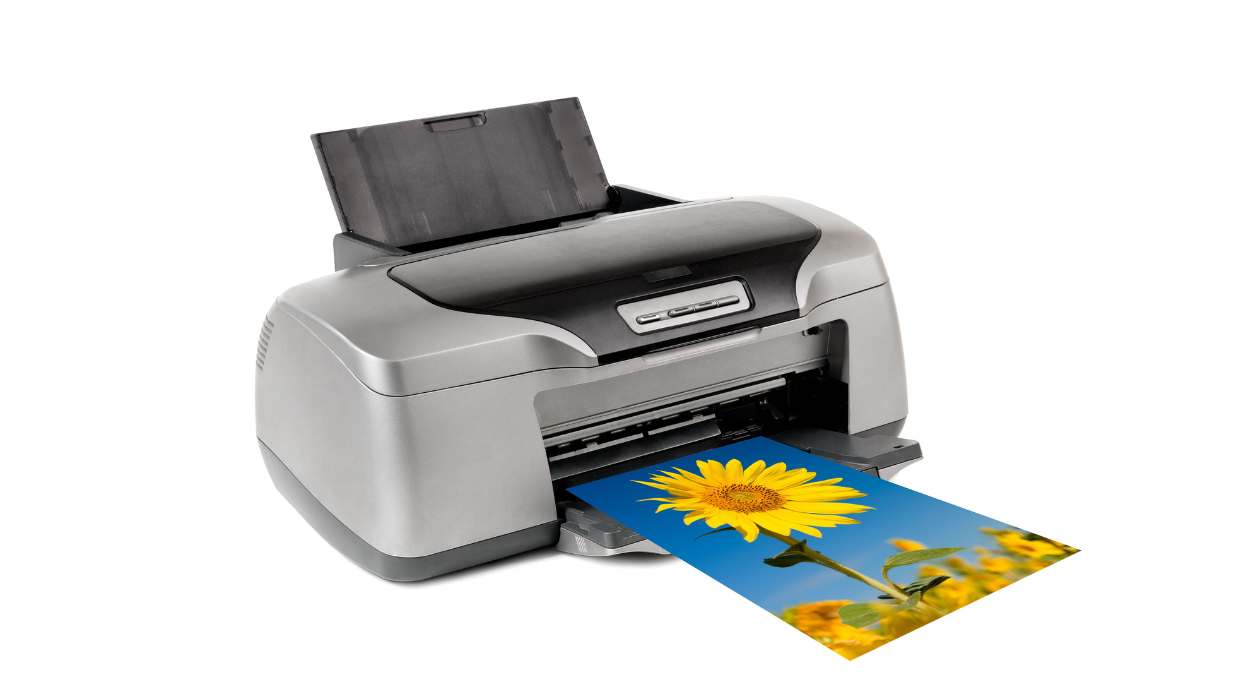

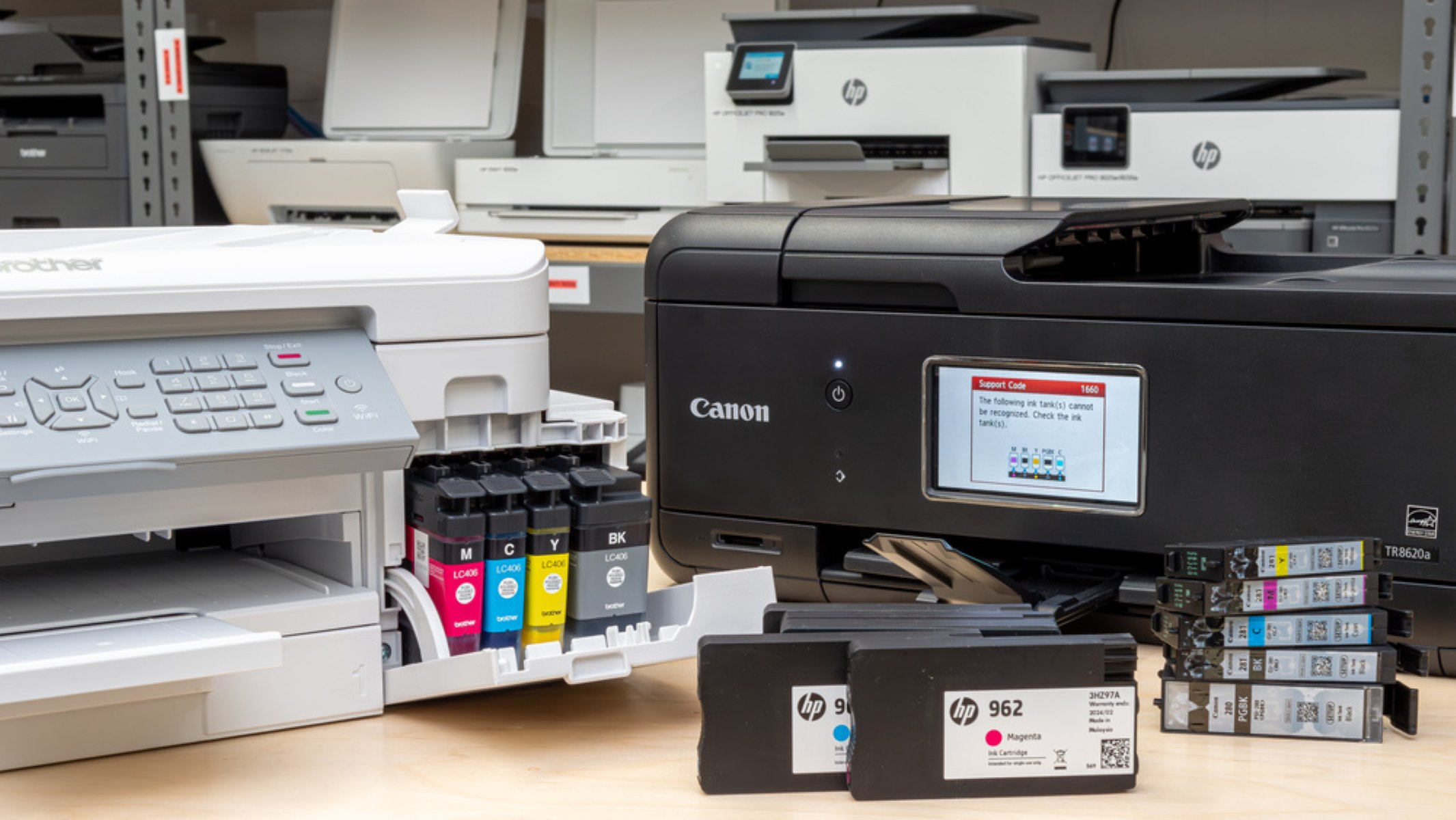
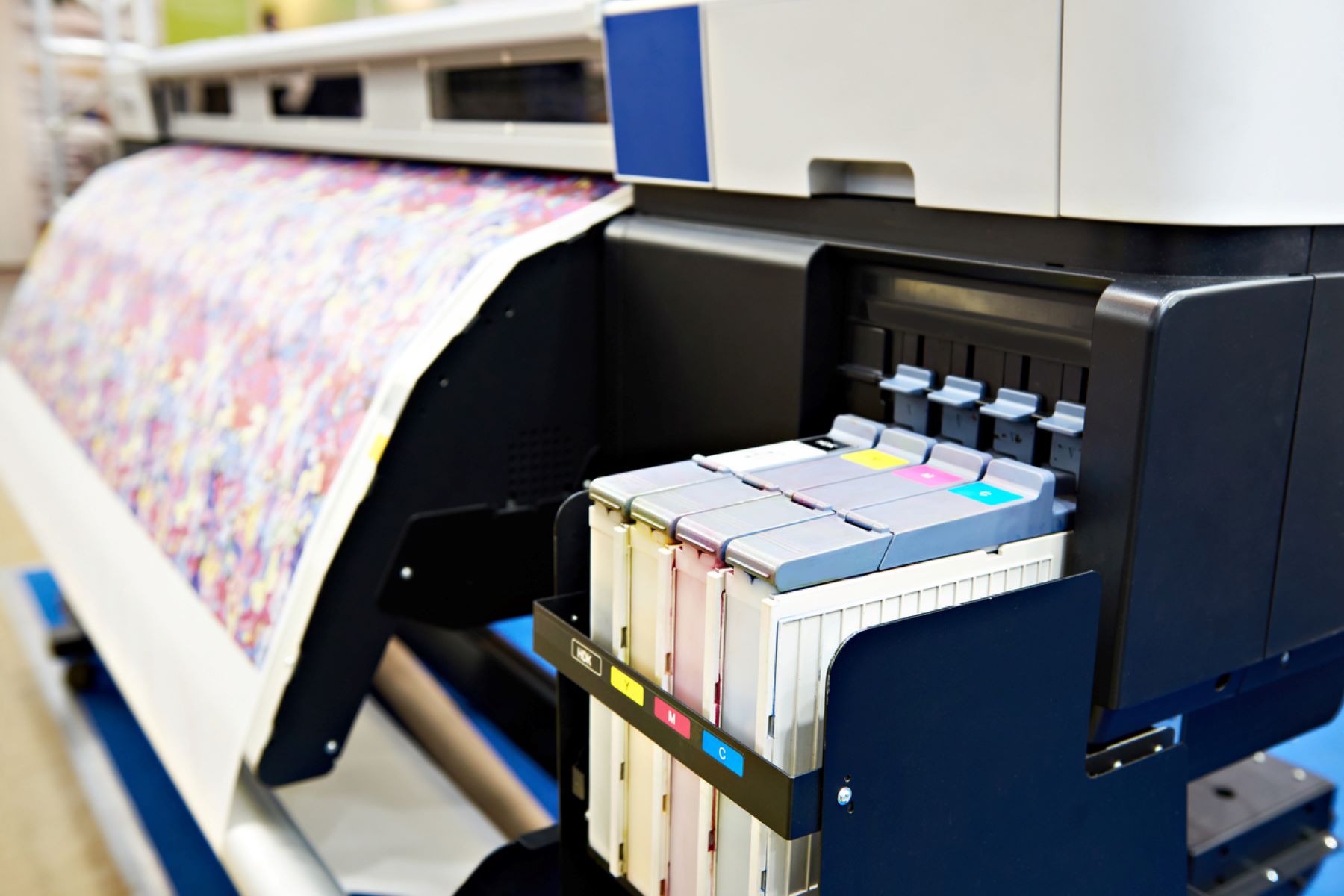
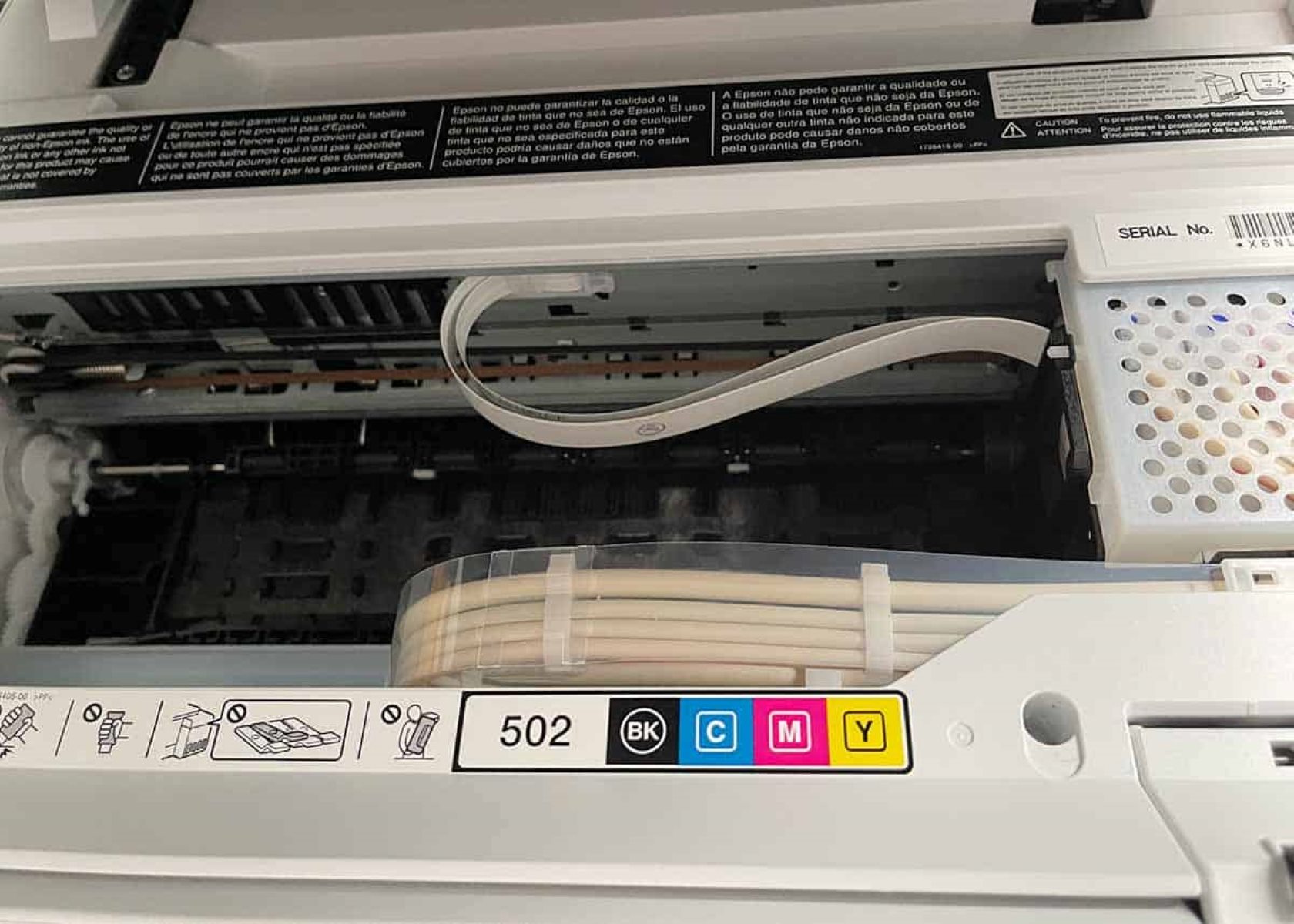
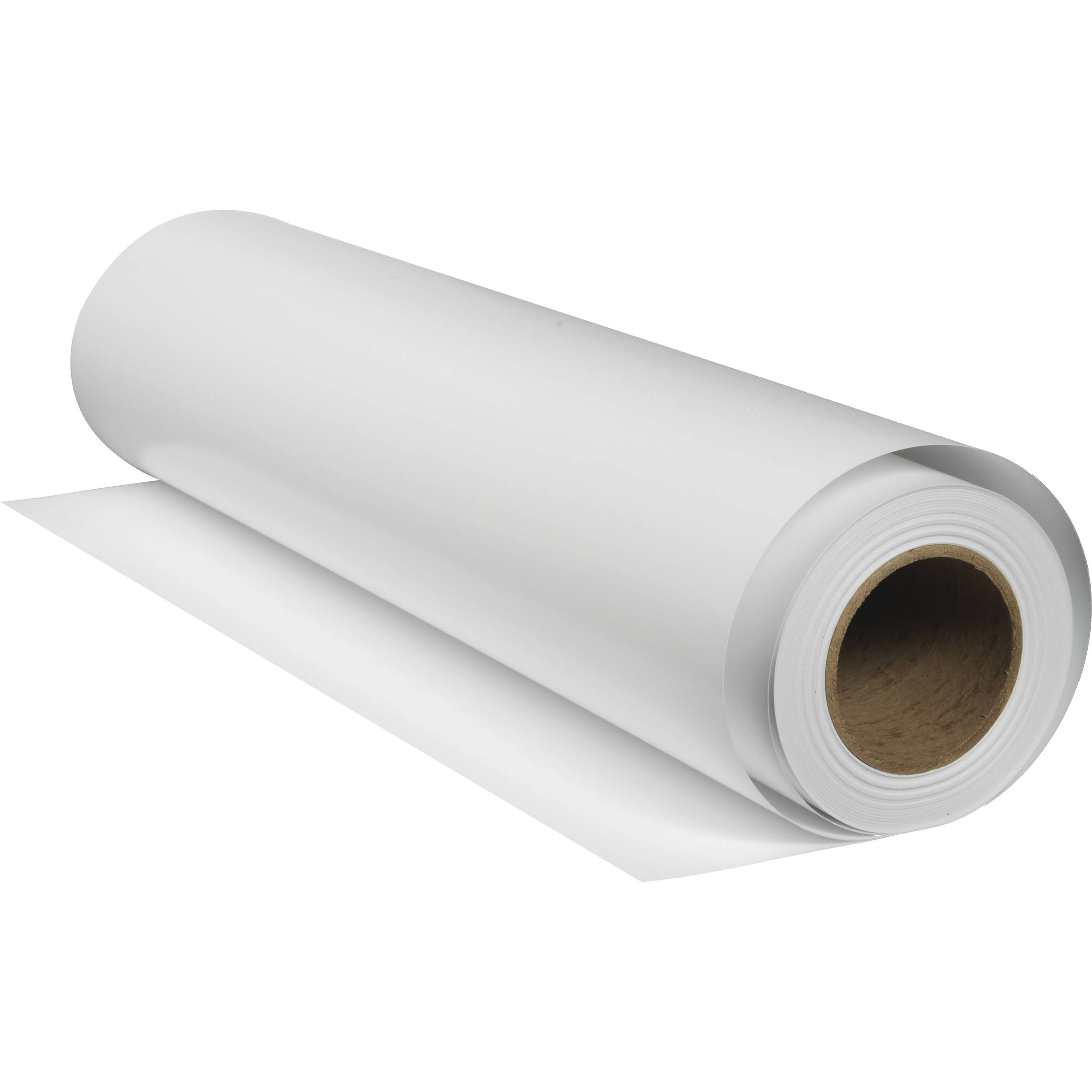

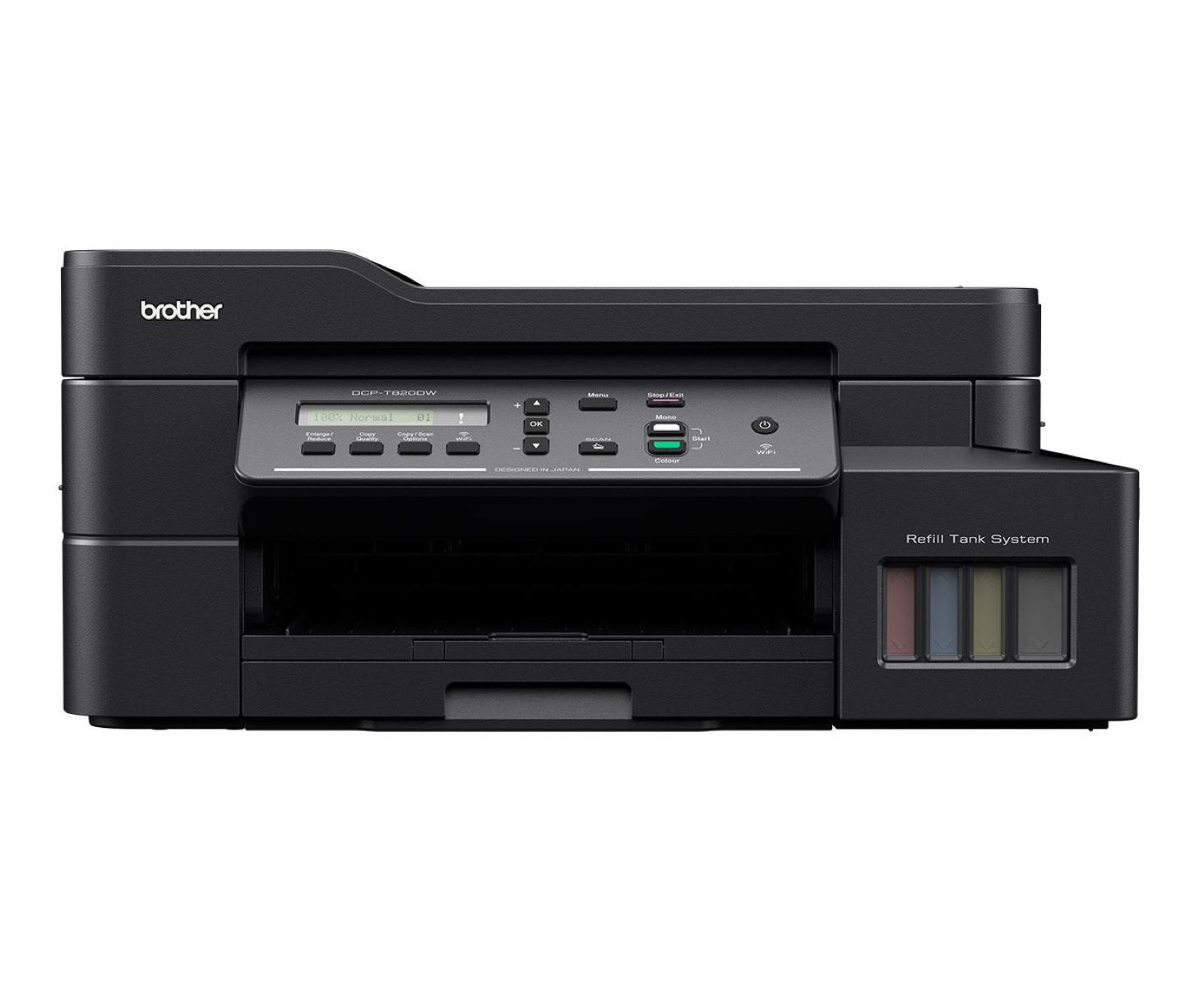
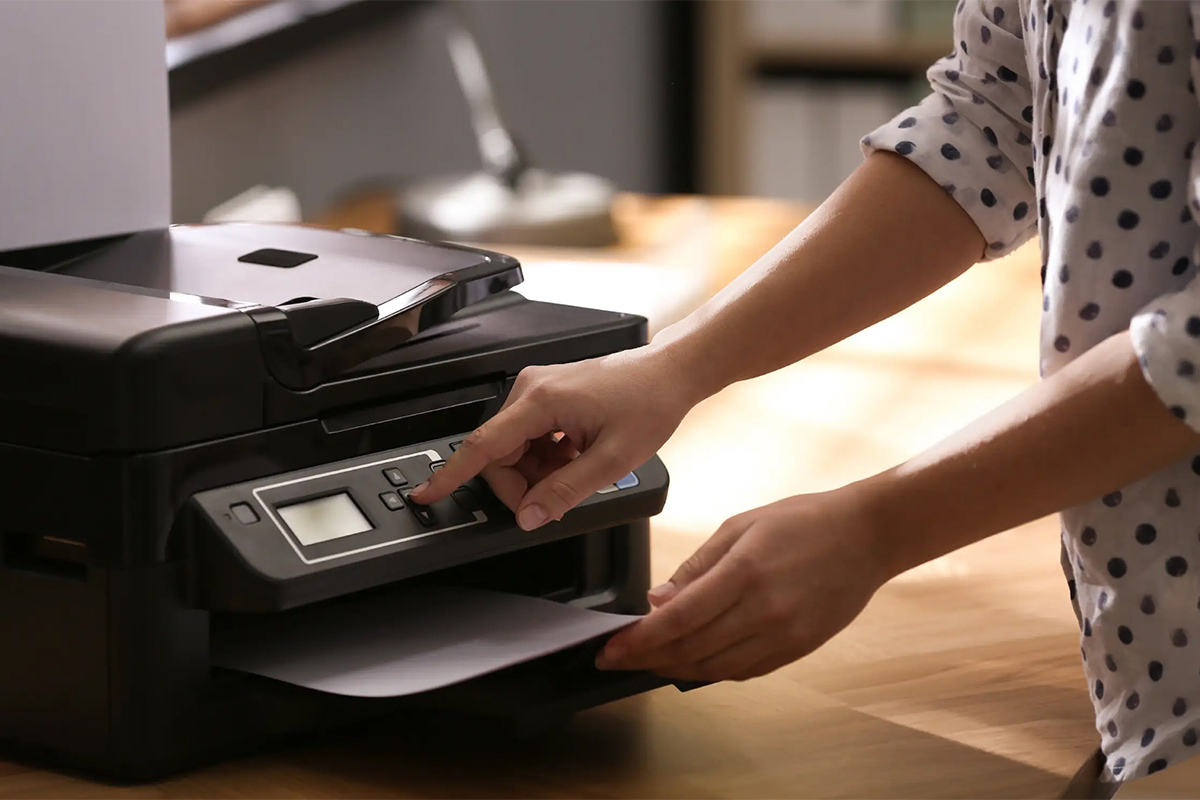
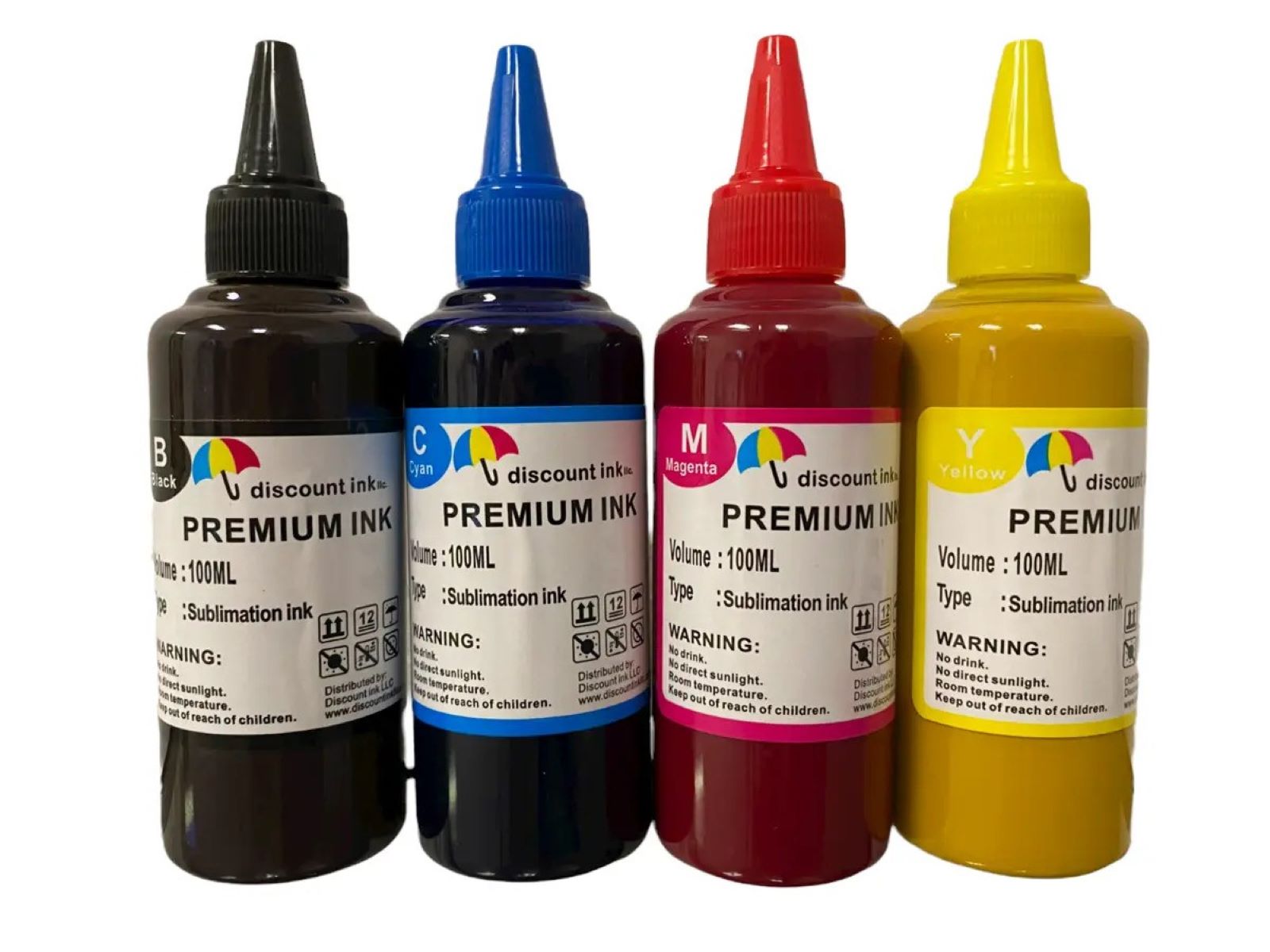

0 thoughts on “What Is An Inkjet Printer”